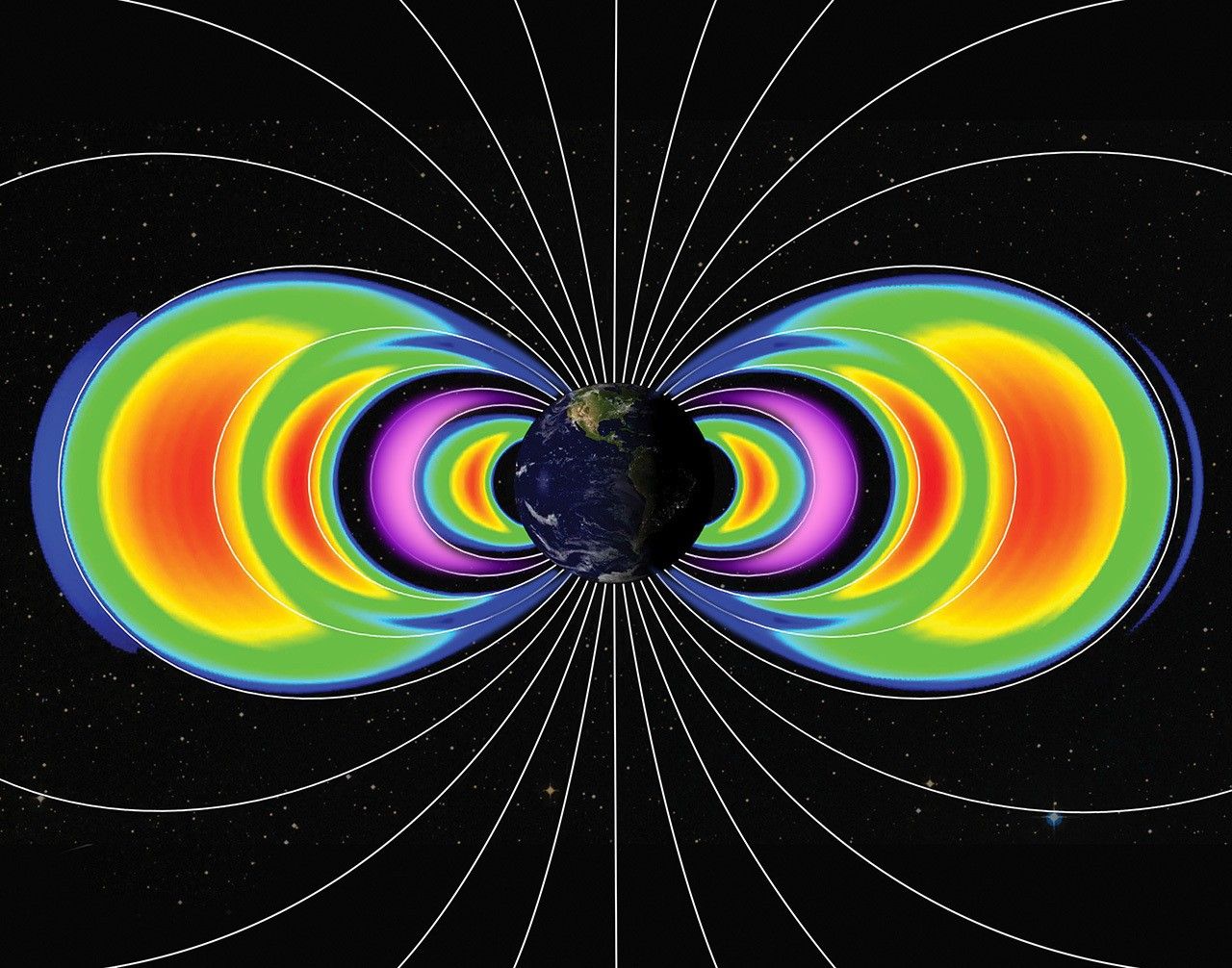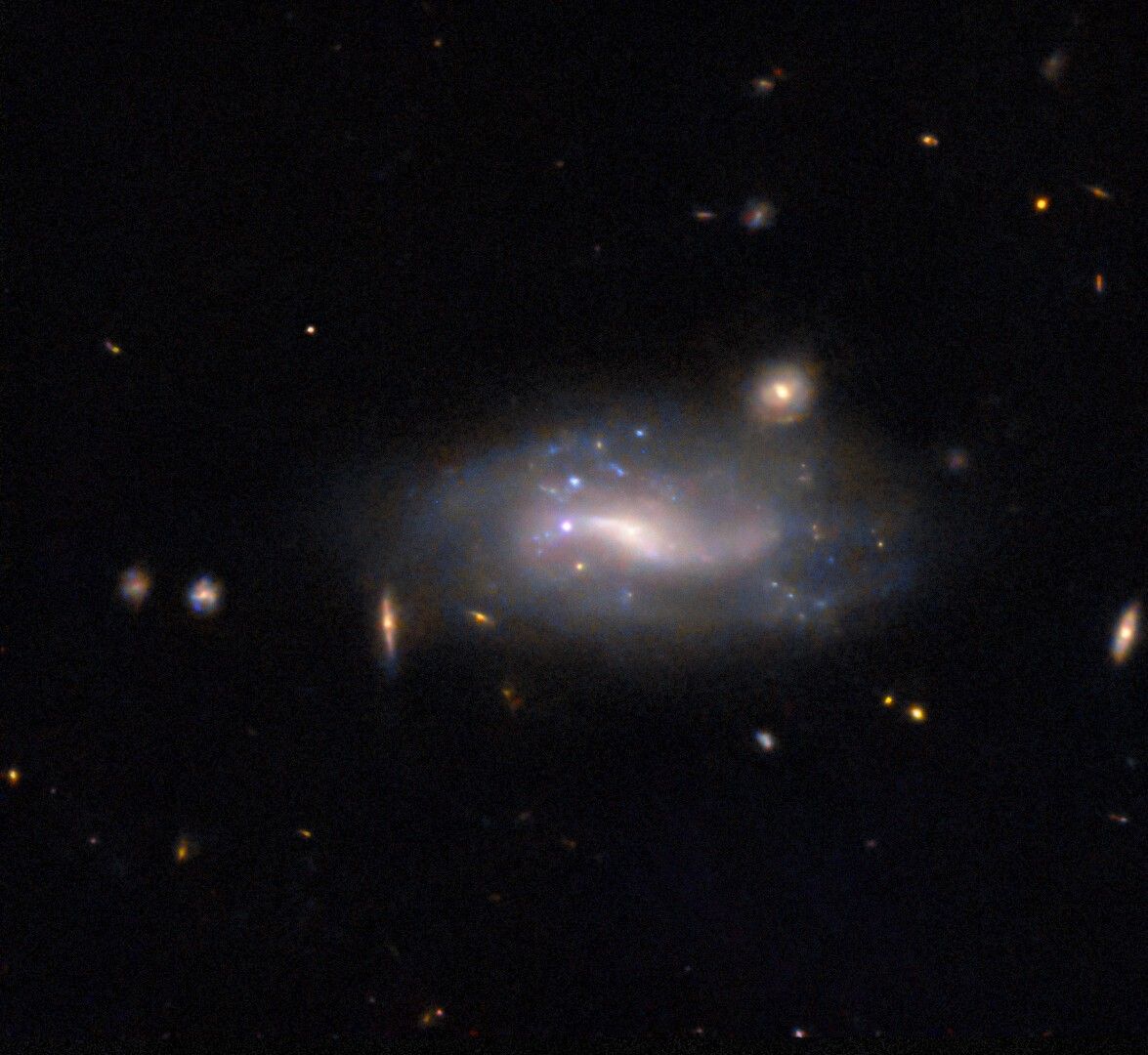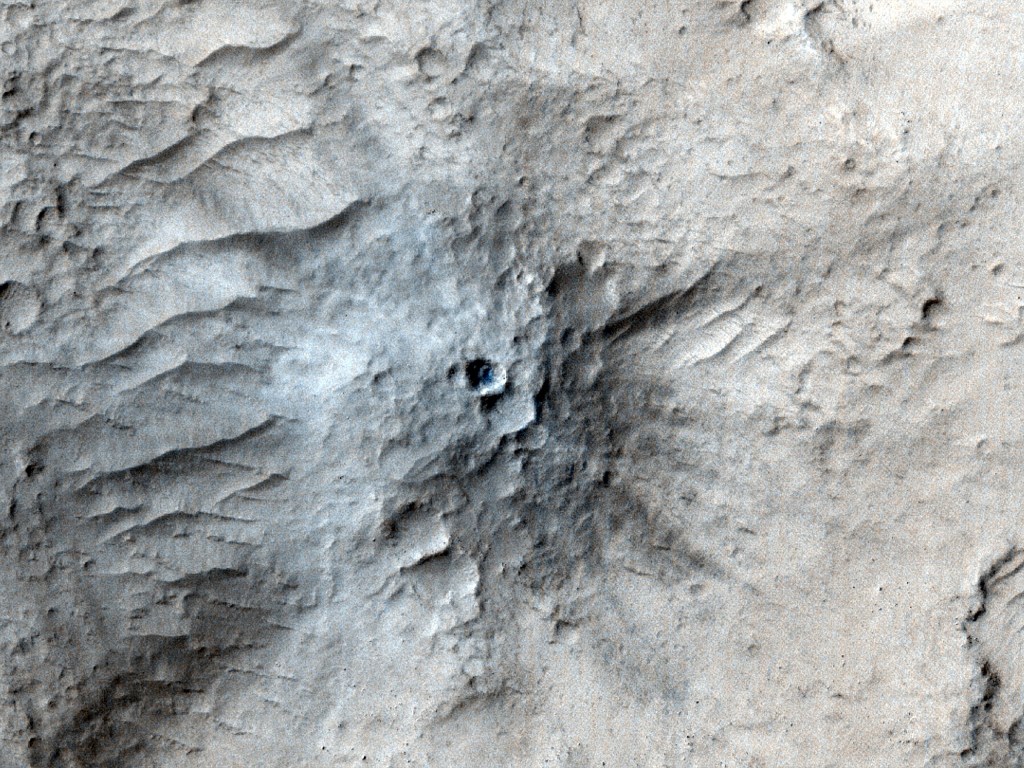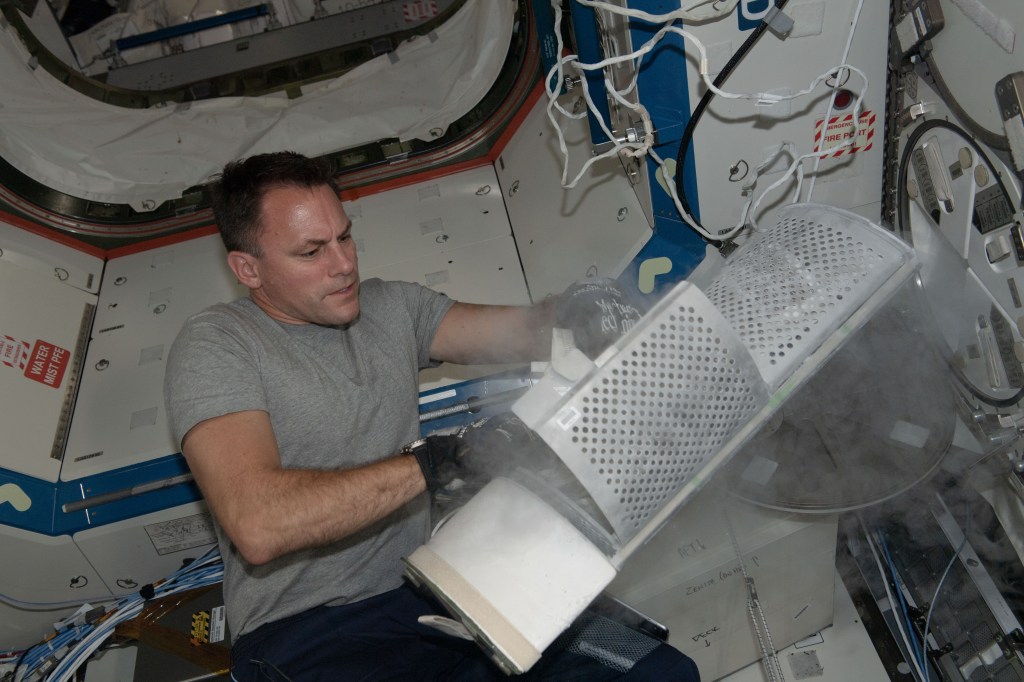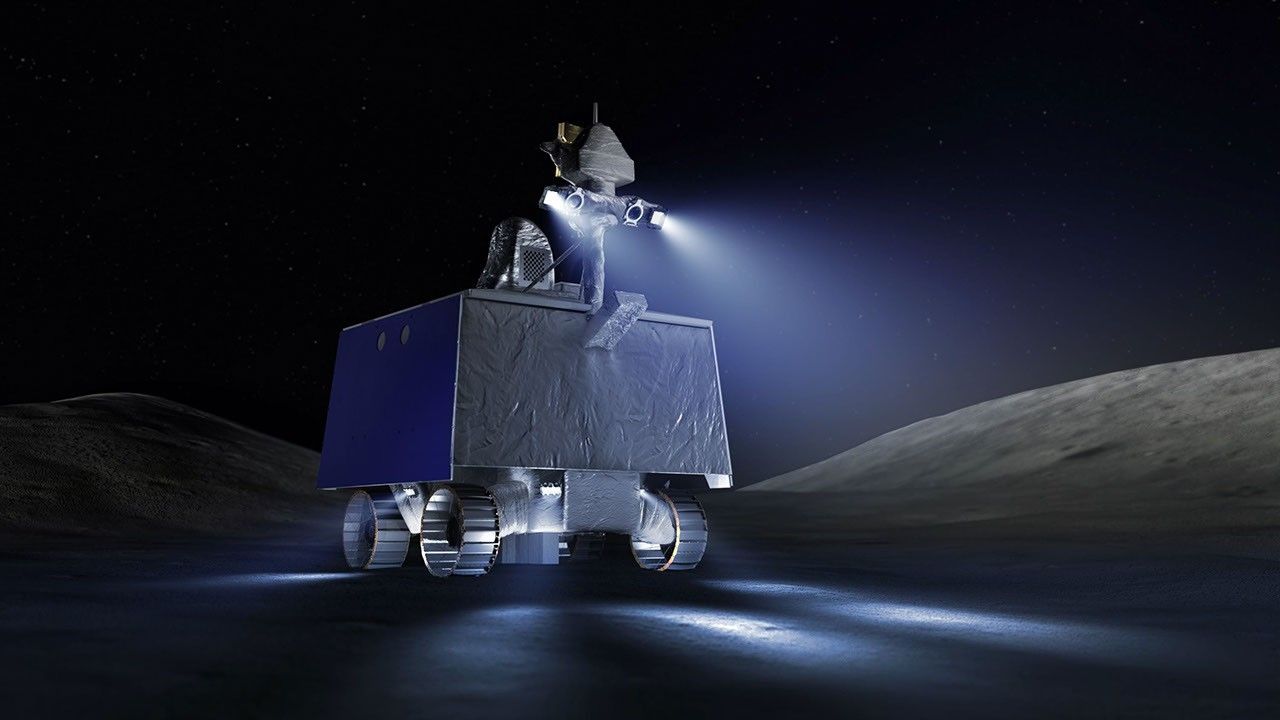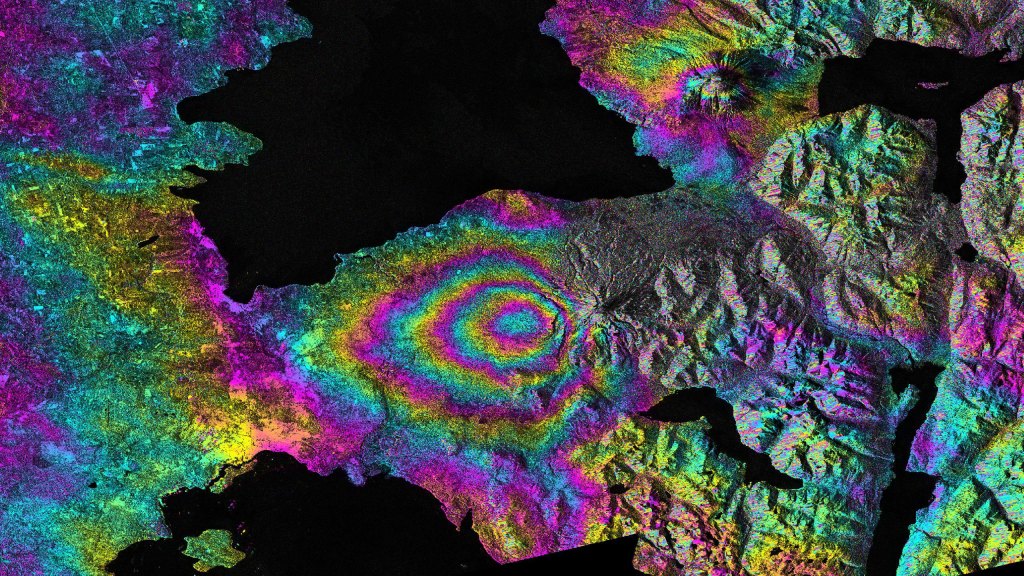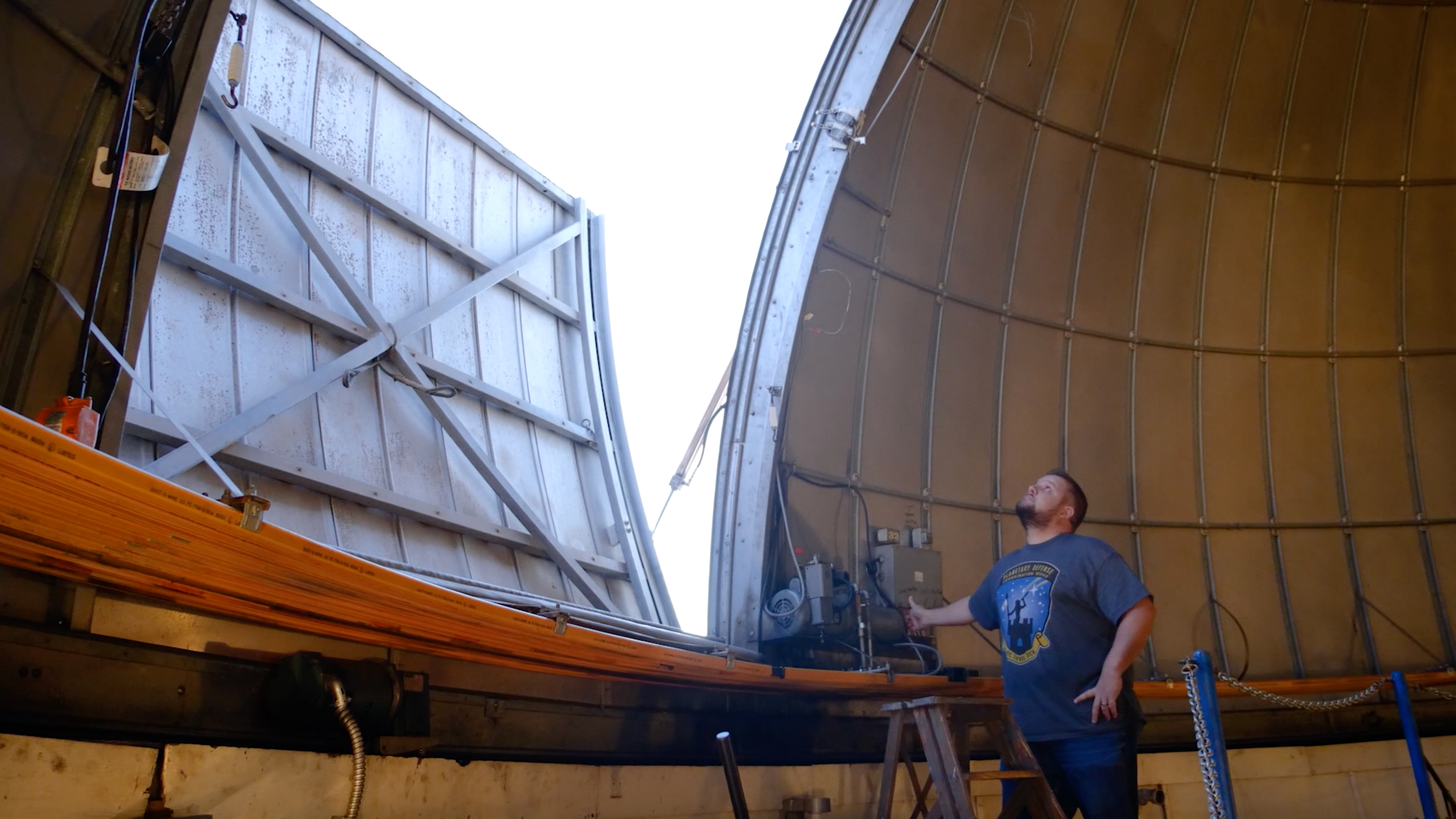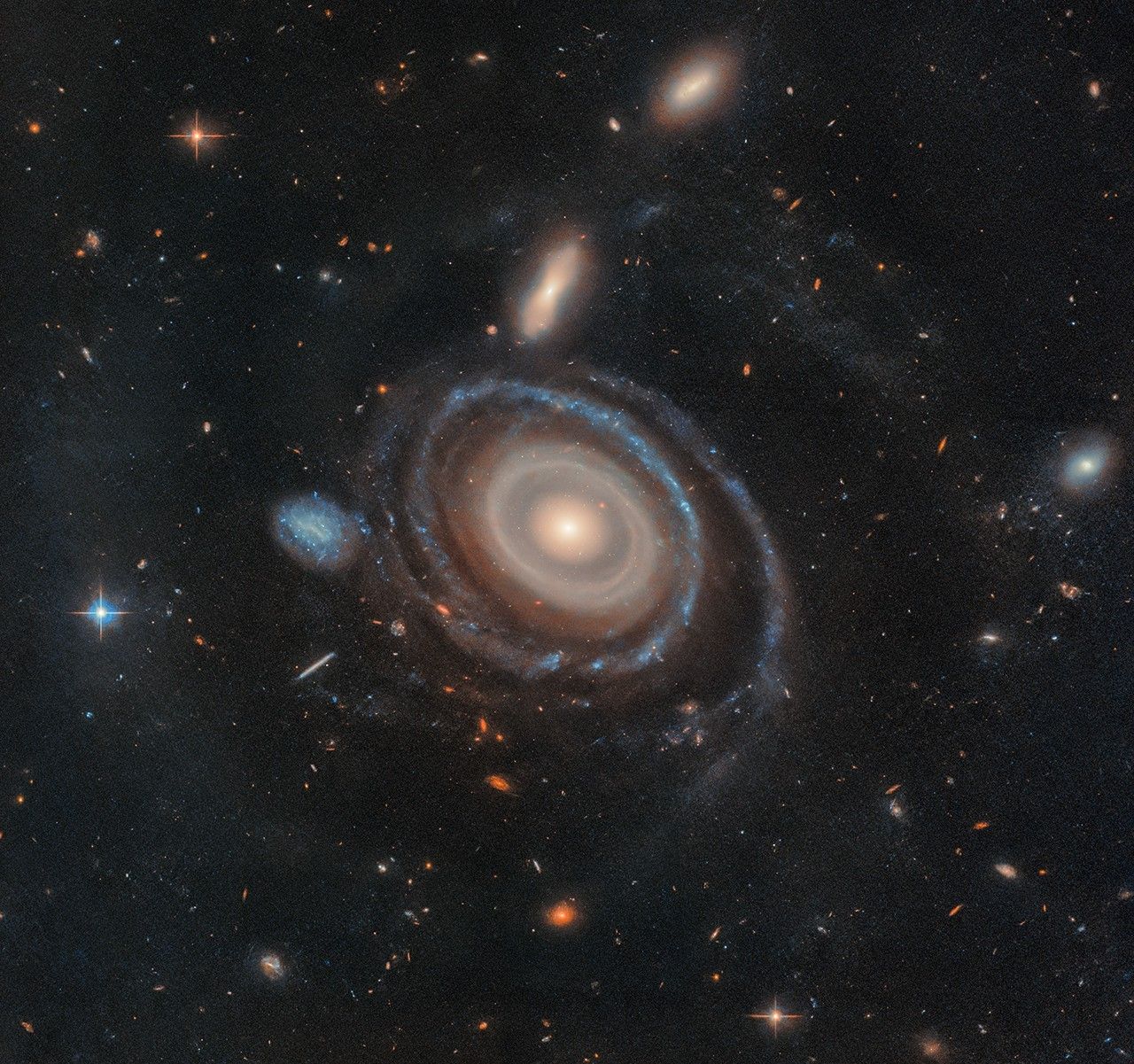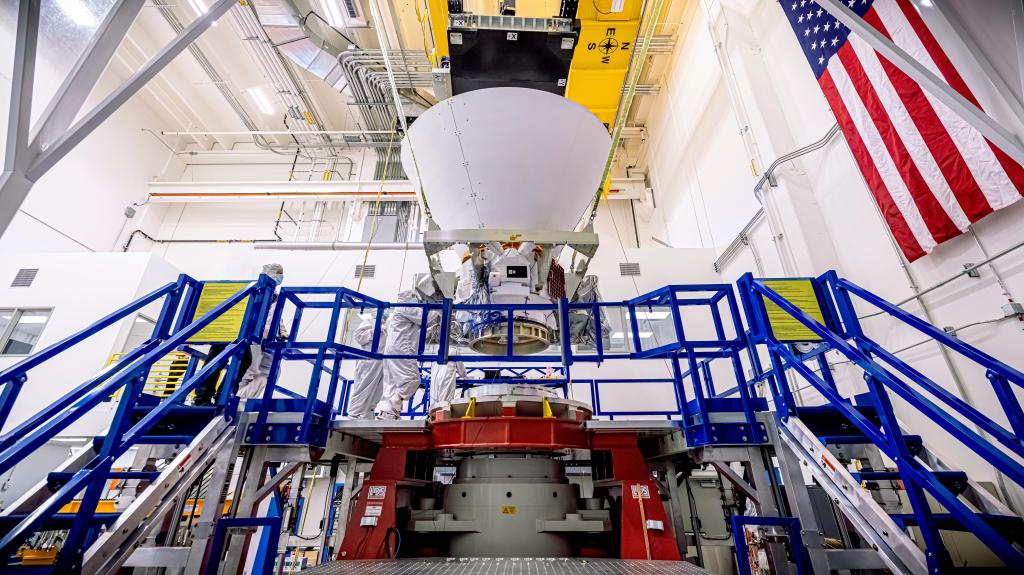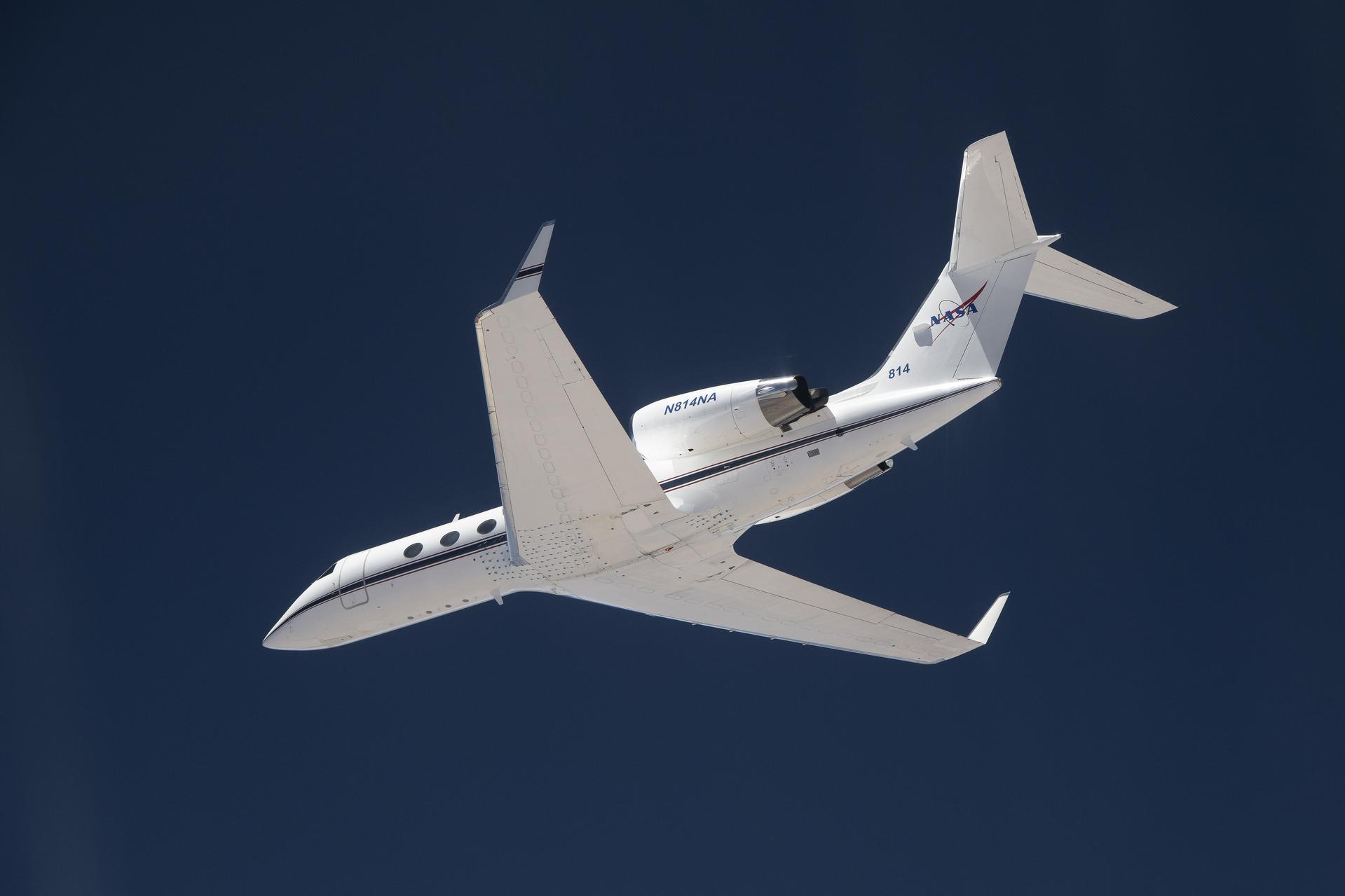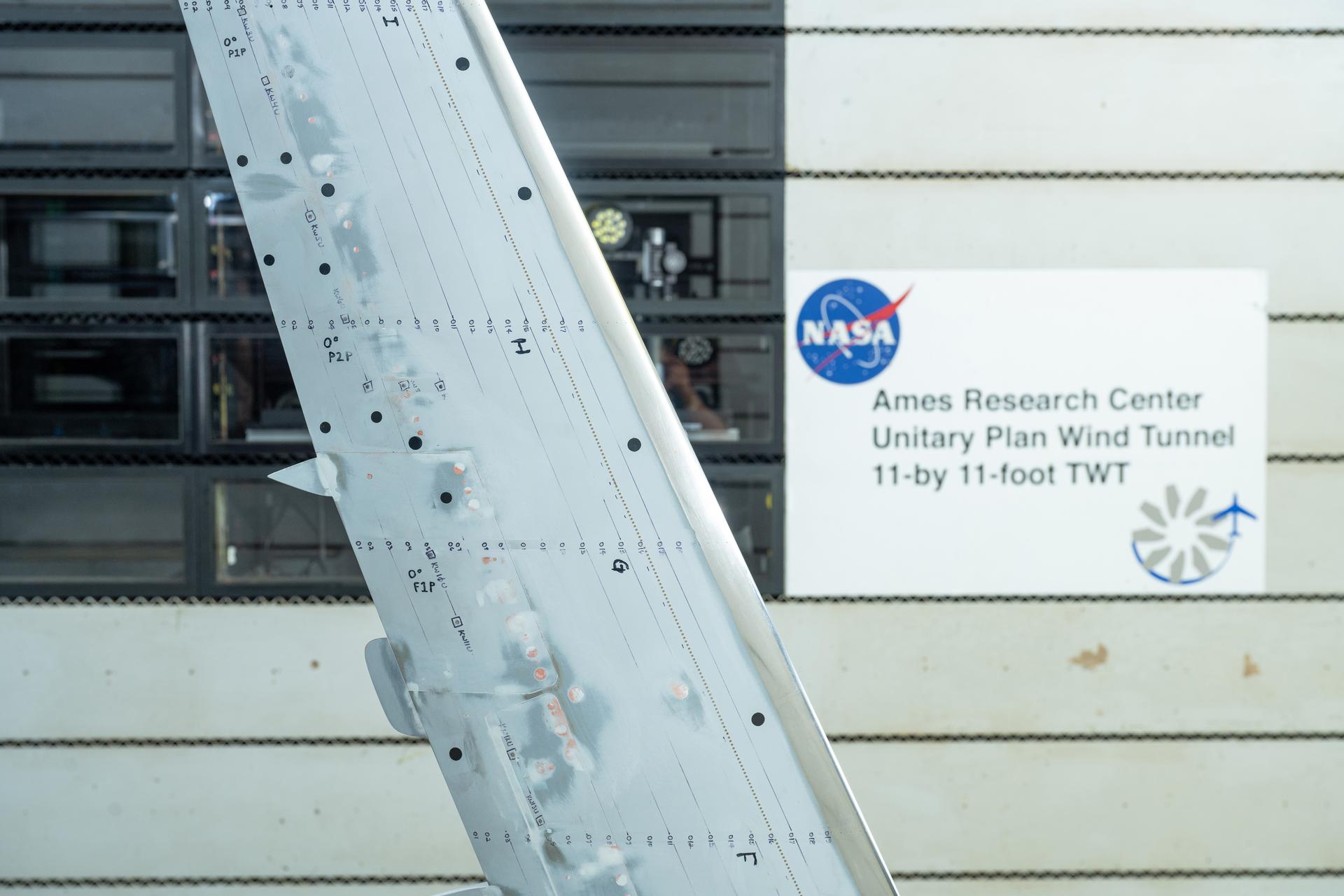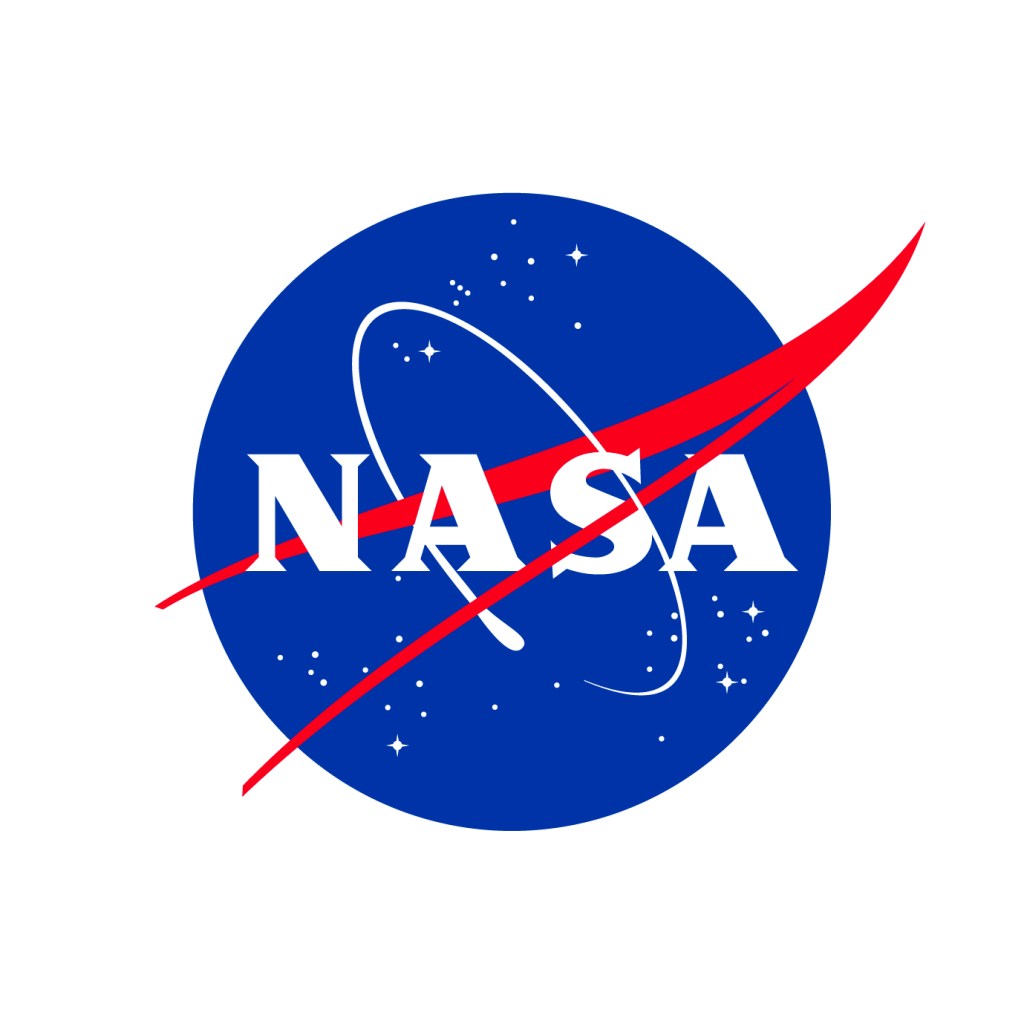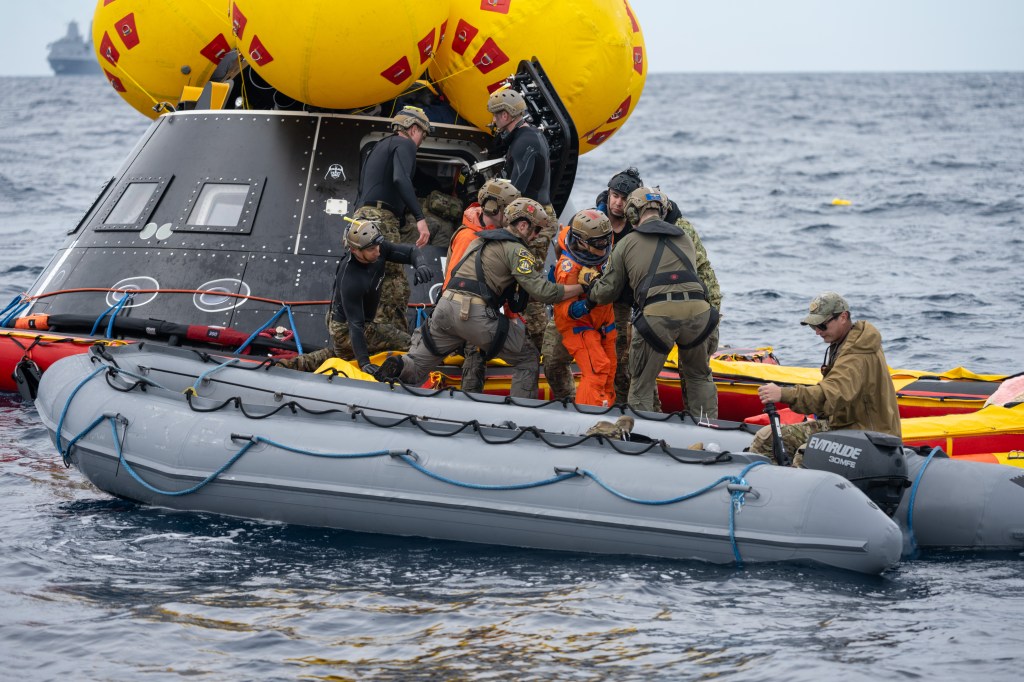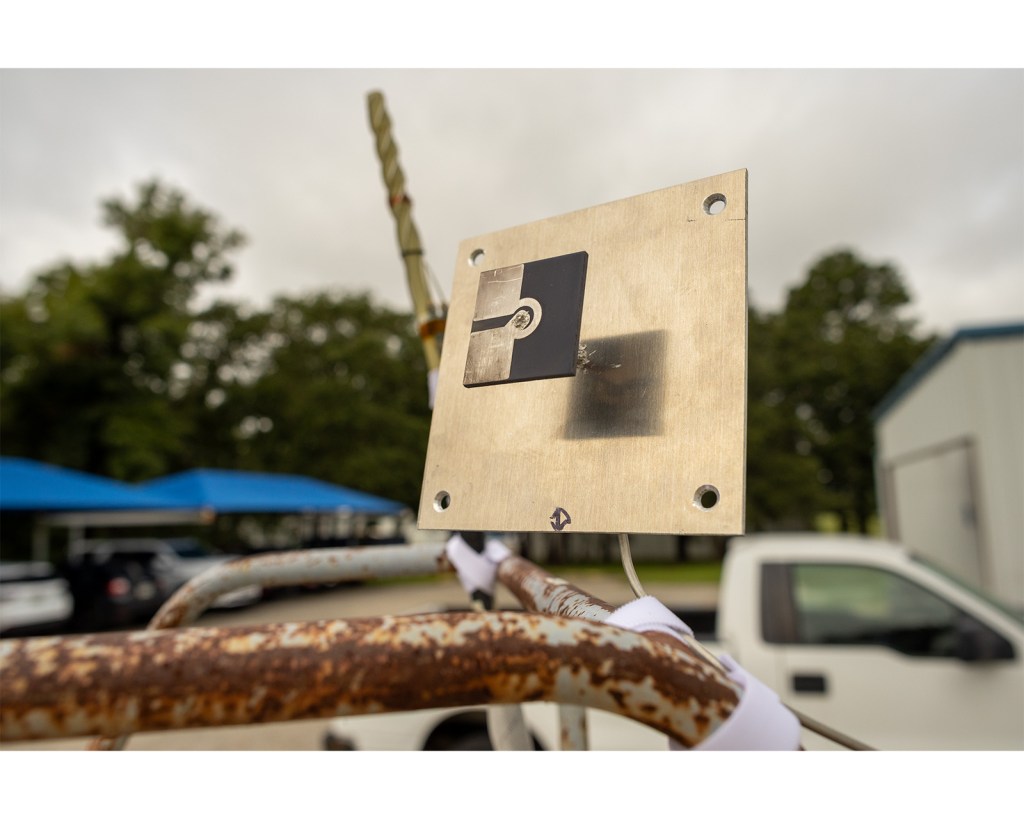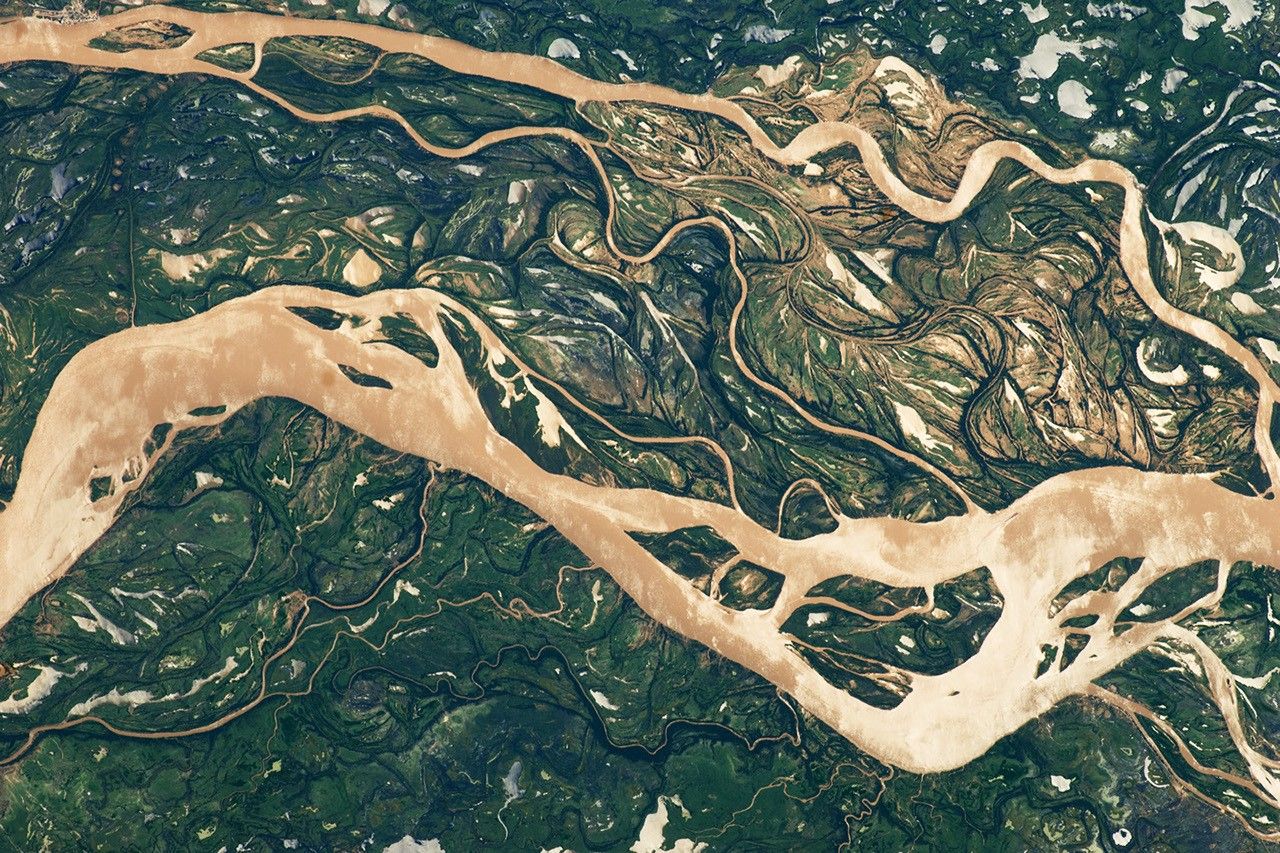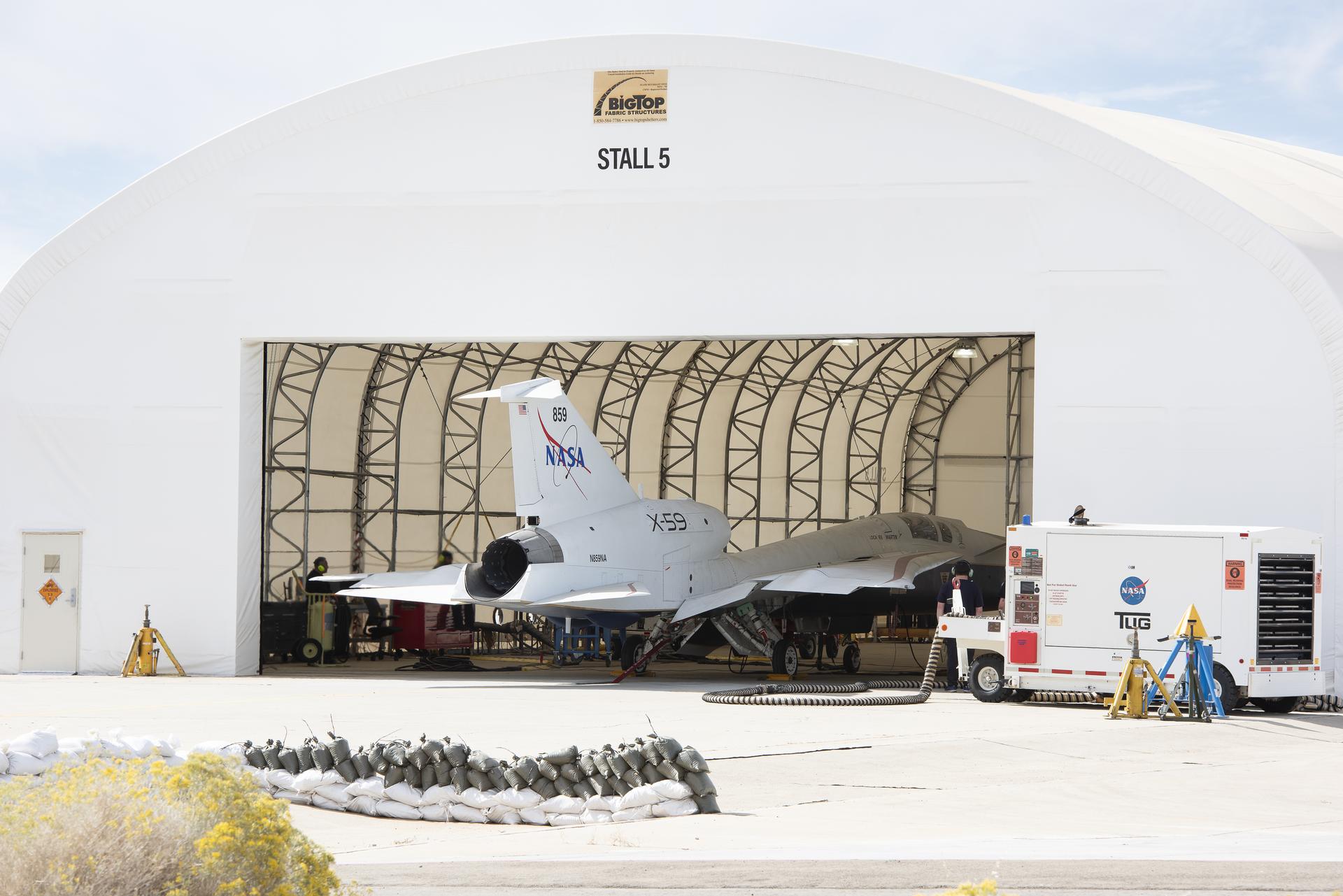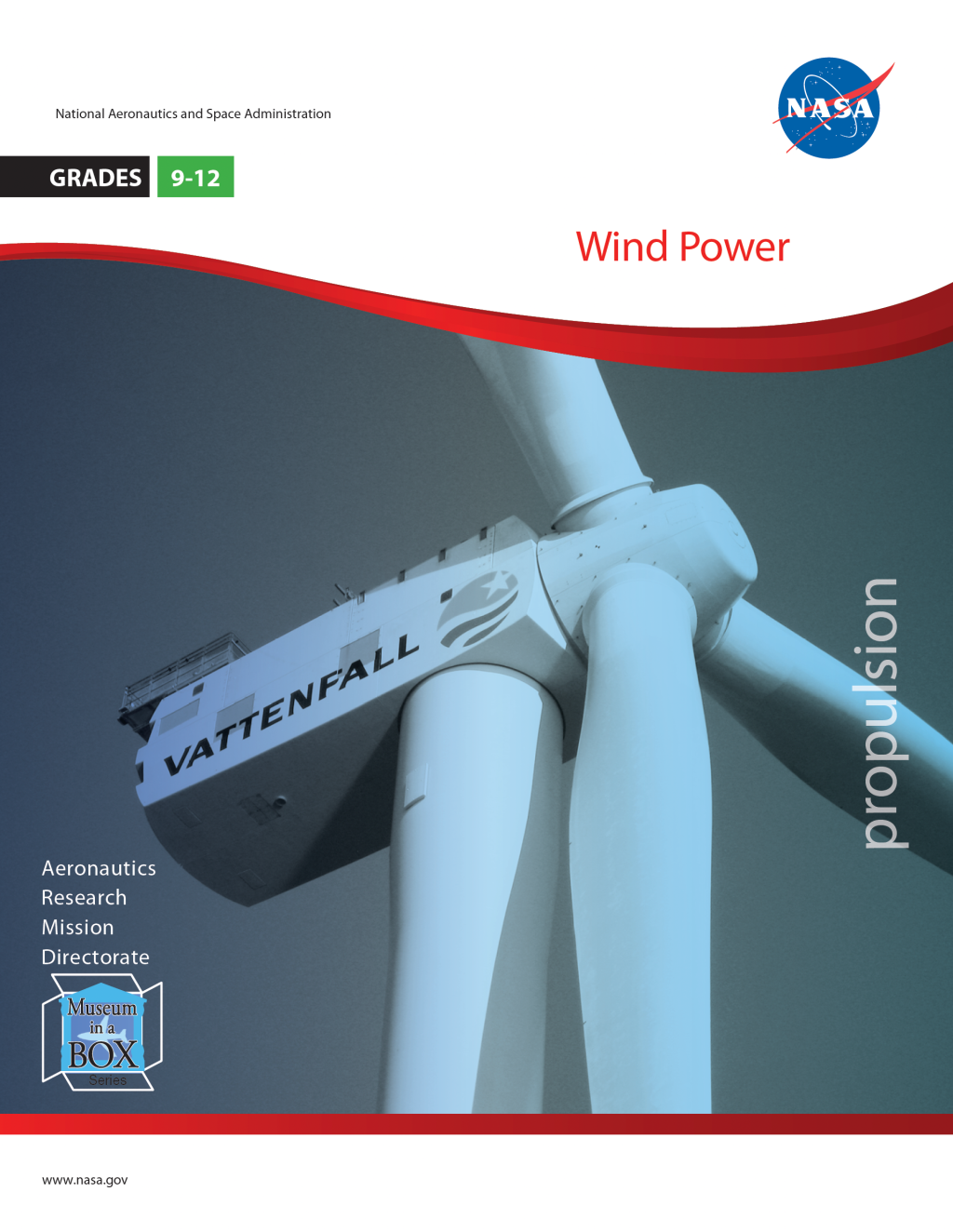
Audience
Students
Grade Levels
Grades 9-12
Subject
Earth Science, Engineering Design, Physical Science, Weather and Climate, Flight and Aeronautics, Forces and Motion
Type
Lesson Plans / Activities
PROPULSION
Wind Power
In the Wind Power lesson students will first explore the necessary component that must be present in order to operate a wind turbine, the wind. Using a simple see-through plastic container, the instructor will use food coloring and water to demonstrate the effect of heat (sunshine) on the atmosphere. The wind cycle will become visually evident as students watch in slow motion, the cold “air” moving in to replace rising warm “air”. Understanding how wind is created will help students identify where wind turbines can best be utilized to produce consistent power. An introduction to the basic parts of a wind turbine and how they work together to produce electrical power will be viewed via Power Point presentation. This will familiarize participants with the technology and give them the basic tools to begin formulating plans to build their own, using a variety of materials made available by the instructor such as 2 liter plastic beverage bottles, poster board, balsa wood, coffee cans, milk jugs, etc. Electrical wires and gears will be provided as well as a voltmeter or multimeter to measure power output. Students will not only be challenged to create an operational wind turbine, but also to design efficient turbine blades to produce the most electrical power possible.
Grade Level: 9-12
Time Required: 90 minutes
National Science Standards Addressed:
Science:
- Abilities necessary to do scientific inquiry
- Understanding about scientific inquiry
- Motion and forces
- Abilities of technological design
- Understanding about science and technology
- Science and technology in local, national and global challenges
- Science as a human endeavor
Topic: Power, Energy, Wind, Alternative Energy, Convection, Heat, Turbines, Gears, Torque


